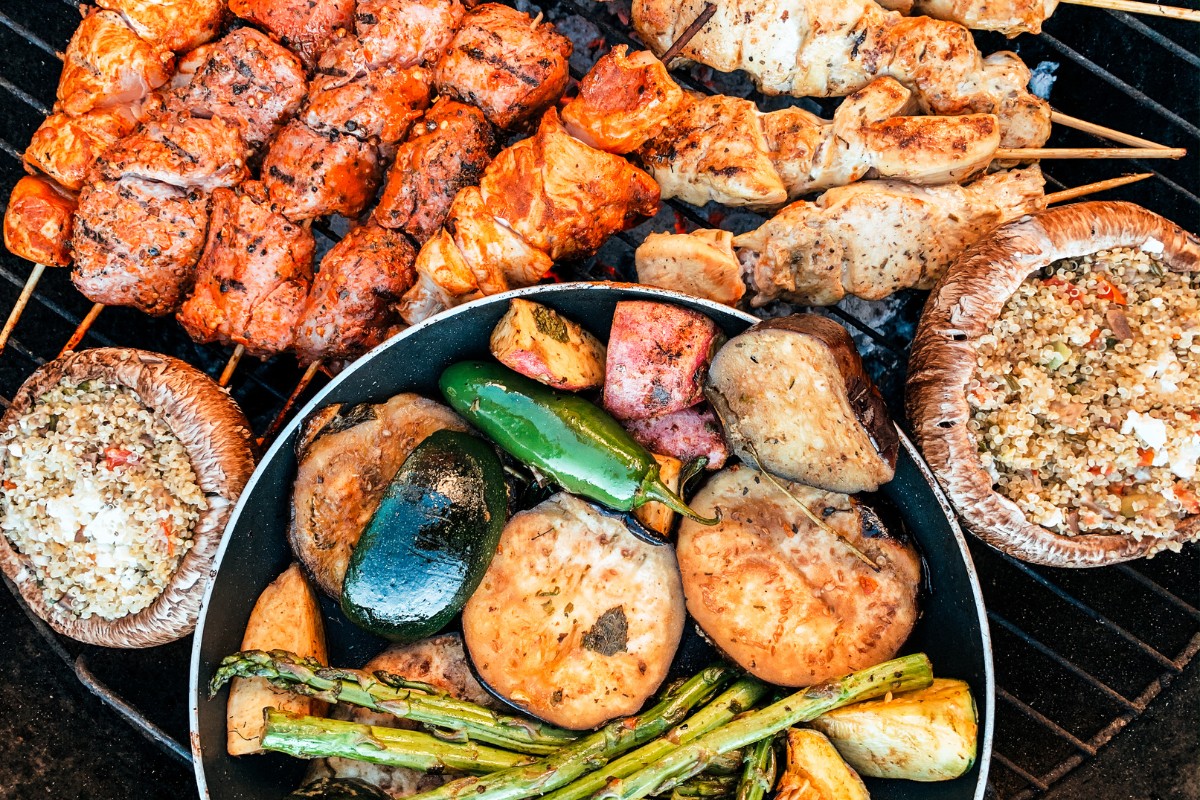Botswana, known for its pristine wilderness, abundant wildlife, and breathtaking landscapes, is a top destination for nature lovers and safari enthusiasts. The best time to visit depends on what you want to do in this African gem.
Summer (November to March): Lush landscapes and brilliant birds
Summer in Botswana is the rainy season, transforming the country into a lush, green paradise. From November to March, the landscape bursts with life, attracting an array of migratory birds, making this an excellent time for birdwatching. The mesmerizing Okavango Delta, with its swollen waterways, offers incredible photographic opportunities, and Chobe National Park is teeming with young animals.
Section Type: standardWidthImageS
A thirsty hippo in Chobe National Park.

While game viewing can be more challenging due to the dense vegetation, the scenery is spectacular, and there are fewer tourists, allowing for a more exclusive experience. Temperatures can be hot, with occasional afternoon thunderstorms providing a refreshing cool-down.
Fall (April to May): Transition to the dry season
As Botswana transitions from the wet season to the dry season, the landscapes remain lush, but the rains begin to subside. This is a great time to visit as the temperatures become more comfortable, and wildlife viewing starts to improve.
During this period, water levels in the Okavango Delta start rising, creating beautiful waterways perfect for mokoro (dugout canoe) excursions. It’s also an excellent time to explore the Central Kalahari Game Reserve, as animals start gathering around water sources, making for more reliable sightings.
Section Type: standardWidthImageS
An elephant takes a dip in the Okavango Delta.

Winter (June to August): Prime safari season
Botswana’s winter, from June to August, is the best time for safaris. The dry season forces animals to congregate around permanent water sources, making wildlife easier to spot. The Chobe River and the Okavango Delta become hotspots for game viewing, with large herds of elephants and buffalo, and predators like lions and leopards appearing frequently.
The clear, sunny days provide ideal conditions for safaris, though mornings and evenings can be quite chilly, so warm clothing is essential. This period is also the peak tourist season, so booking in advance is recommended.
Section Type: standardWidthImageS
Elephant safari sighting in Chobe National Park.

Spring (September to October): Intense wildlife action
Spring in Botswana is the hottest time of the year, but it’s also one of the most rewarding for safari enthusiasts. As the dry season reaches its peak, wildlife viewing becomes even more dramatic, with animals gathering in large numbers at the last remaining waterholes. This is the best time to witness predator-prey interactions and thrilling wildlife action.
The Okavango Delta’s water levels begin to recede, offering unique land-based safari experiences. Chobe National Park is particularly impressive, with elephants crowding the riverbanks in astonishing numbers. While temperatures can be sweltering, especially in October, the unparalleled game-viewing opportunities make it worthwhile.
Section Type: standardWidthImageS
Witness curious meerkats in the Kalahari Desert.

Section Type: cta
What are you waiting for?
From the floodplains of the Okavango Delta, to the elephant herds of Chobe, and the vast Kalahari Desert, there’s always something incredible to see in Botswana.

 Africa
Africa Africa
Africa